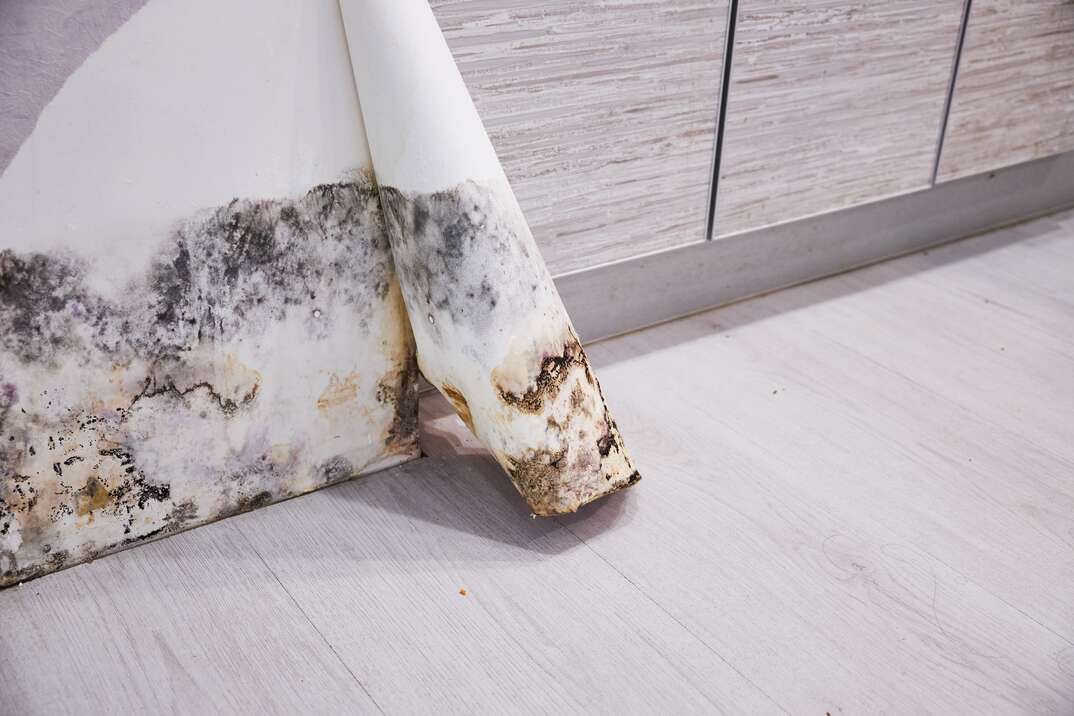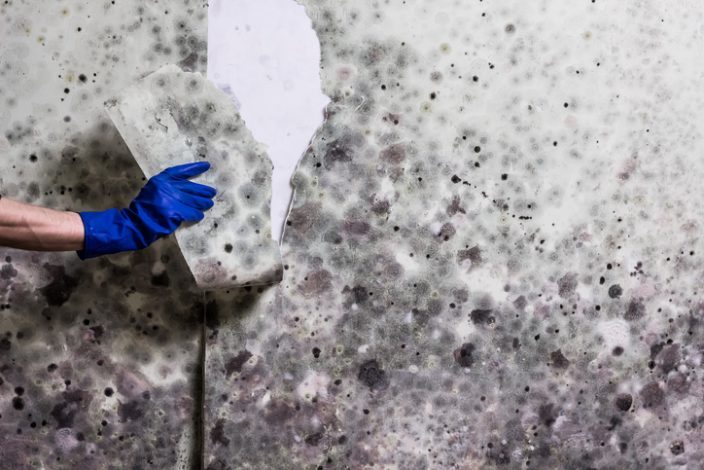Accessing Neighborhood Post Remediation Mold Testing Near Me
Accessing Neighborhood Post Remediation Mold Testing Near Me
Blog Article
Key Tips for Successful Article Mold Removal
Dealing with mold concerns in a effective and timely fashion is important for keeping a healthy interior setting. Effectively completing mold removal is a multifaceted process that calls for attention to information and adherence to specific methods. From examining dealt with areas to implementing wetness control measures, each step plays a vital role in ensuring the effectiveness of the removal process. However, there are vital post-remediation steps that are just as essential however usually neglected. These steps not only confirm the success of the remediation efforts yet likewise add to stopping future mold growth.
Inspection of Treated Areas
Upon conclusion of the mold removal procedure, an extensive evaluation of the treated areas is crucial to ensure the effectiveness of the removal efforts. This examination serves as a critical step in the post-remediation stage to verify that the mold and mildew elimination and clean-up treatments succeeded in getting rid of the mold invasion and recovering a risk-free interior setting. The inspection must be performed by qualified specialists who have the experience to assess the remediated areas thoroughly.
These include visual assessments to inspect for any type of indicators of mold growth or water damage, wetness degrees to validate that the location is totally free and dry of excess humidity that could advertise mold re-growth, and air high quality screening to make sure that the interior air is safe to breathe. Furthermore, the evaluation may entail making use of specialized tools such as moisture meters and thermal imaging electronic cameras to identify concealed mold or moisture pockets that can lead to future mold troubles if left untreated.

Moisture Control Actions
Reliable dampness control measures are essential for stopping mold and mildew growth and maintaining a healthy indoor atmosphere. Furthermore, utilizing dehumidifiers in moist areas can assist lower moisture degrees, making it harder for mold to flourish.
Regularly examining and preserving the structure's outside can also stop moisture invasion. Post Remediation verification. Making sure that seamless gutters are clear, downspouts direct water away from the foundation, and the roofing is in excellent problem can aid protect against water from leaking right into the structure. Correctly securing doors and windows can additionally help keep dampness out
In situations where water damages occurs, punctual activity is necessary. Any type of spills or leaks ought to be cleansed and dried within 24-48 hours to stop mold growth. Making use of moisture meters can help identify hidden resources of water and make certain extensive drying out. By executing these dampness control measures, the risk of mold repeating can be significantly minimized, developing a healthier interior setting.
Proper Air Flow Analysis
An integral facet of ensuring a healthy and balanced interior setting blog post mold and mildew removal is carrying out a detailed analysis of the ventilation system. Appropriate ventilation assessment plays a crucial role in preventing future mold and mildew development and preserving air quality within the damaged area.
Furthermore, examining the ventilation system includes examining the circulation of air throughout the location to identify any kind of areas of poor blood circulation where dampness and contaminants can collect. Proper air flow not only aids in managing moisture levels but additionally aids in getting rid of airborne mold and mildew spores and other toxins, thus boosting overall interior air quality. By addressing any type of ventilation concerns post mold remediation, home owners can produce a healthier and a lot more comfy atmosphere for owners while decreasing the threat of mold and mildew re-infestation.
Cleansing and Disinfection Protocols
To make certain extensive mold and mildew removal, meticulous adherence to particular cleansing and sanitation methods is crucial. Cleaning and sanitation procedures play an important function in the post-mold remediation phase to stop the reappearance of mold development and useful content ensure a safe and healthy atmosphere. The primary step in this procedure is the elimination of any type of visible mold and mildew development utilizing appropriate cleansing representatives and techniques. It is important to make use of EPA-approved fungicides and anti-bacterials to efficiently eliminate mold and mildew spores and avoid their regrowth.
Furthermore, carrying out preventive measures such as using mold inhibitors and preserving proper air flow can help minimize the threat of future mold problems. By complying with strict cleansing and disinfection procedures, home proprietors can make sure the successful elimination of mold and produce a healthy and balanced indoor setting for residents.
Surveillance and Maintenance Strategy
Implementing a routine monitoring and maintenance plan is essential for making sure the lasting effectiveness of mold removal initiatives. Once mold remediation is completed, it is critical to develop a monitoring routine to examine the success of the removal procedure. This involves on a regular basis evaluating the formerly affected locations for any indications of mold and mildew reoccurrence or water damage. By carrying out routine checks, any type of new mold and mildew growth can be quickly identified and useful site addressed, preventing a reoccurrence of the preliminary trouble.
Furthermore, establishing an upkeep strategy is vital to avoiding future mold and mildew problems. Normal upkeep not just aids in protecting against mold and mildew however likewise contributes to maintaining a healthy and balanced interior environment - After mold remediation.
Verdict
Finally, successful post mold and mildew remediation includes extensive inspection of dealt with areas, implementation of wetness control steps, assessment of proper air flow, adherence to cleansing and disinfection procedures, and facility of a surveillance and maintenance plan. These crucial actions are vital to ensure that mold development is effectively gotten rid of and stopped from recurring in the future. By complying with these standards, homeowner can keep a healthy and balanced and secure environment for residents.
Upon conclusion of the mold and mildew removal procedure, an extensive assessment of go to these guys the dealt with locations is essential to ensure the effectiveness of the remediation efforts. These include aesthetic analyses to examine for any type of signs of mold and mildew development or water damages, moisture degrees to validate that the area is dry and free of excess humidity that could advertise mold re-growth, and air top quality testing to ensure that the interior air is risk-free to breathe. In addition, the examination may entail utilizing specialized tools such as wetness meters and thermal imaging video cameras to spot surprise mold or dampness pockets that might lead to future mold issues if left untreated. By attending to any kind of ventilation problems post mold and mildew remediation, residential property owners can produce a healthier and more comfy environment for occupants while minimizing the risk of mold re-infestation.

Report this page